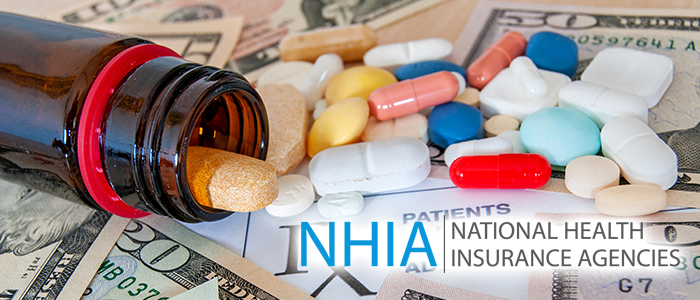Medicare Part D: What is That?
If you or a loved one are on Medicare, you may be wondering what benefits apply and how they work. One such benefit that many people ask about is Medicare Part D. Commonly known as prescription drug coverage for Medicare, people seem confused about getting this coverage and how it works with other forms of insurance. This week, we are looking into Medicare Part D and how it may apply to you.
What is Medicare Part D?
Part D is a prescription drug benefit that went into effect in 2006. It is a federal program that private insurance companies administer. To put it simply, it is an insurance plan specifically for your medication needs. Much like your health insurance has a network of doctors they cover, Part D has a network of pharmacies. Check with your plan to determine which pharmacies and which prescriptions it covers. Medicare Part B, the part that provides general medical care, does not cover everything. The intention behind creating Part D was to alleviate some of the costs associated with prescription drugs. Unlike Part C, where a beneficiary has to be enrolled in both Part A and Part B to participate, beneficiaries of Part D only need to be enrolled in one or the other.
How does Medicare Part D Work?
Annual Deductible
Part D has a few stages that you should be aware of. To start, as with any insurance plan, you have an annual deductible. Much like your other insurance, you pay the in-network prices set by your insurance for all your medications until you reach your plan’s deductible for 2021. The maximum allowed deductible for Part D is $445. Plans may use the full deductible, a reduced or discounted deductible, or waive the deductible entirely. This is why it is important to check what your plan allows and determine if it is the best fit for your open enrollment. Once you meet the deductible, you enter what is known as Initial Coverage.
Initial Coverage
In Initial Coverage, you are responsible for a copay toward each of your prescriptions based on your plan’s formulary. The formulary is a listing of all the medications covered under the plan, with each medication filed under a particular tier based on criteria like name brand or generic as well as other criteria. The higher the tier, the higher the copay will be for you. Your Part D plan keeps track of all spending throughout the year for you and the insurance company. Once the total expenditures for both reach $4,130 (the maximum allowance for initial coverage in 2021), you reach the Coverage Gap.
Coverage Gap
In the Coverage Gap, you are only responsible for 25% of the cost of your medications. Your insurance plan will continue to track all spending for both you and the insurance company. However, to get out of the Coverage Gap and into Catastrophic Coverage, only your spending will apply. When your spending for the year reaches $6,550 (the maximum allowance for coverage gap in 2021), then you enter Catastrophic Coverage.
Catastrophic Coverage
Under Catastrophic Coverage, you are only responsible for 5% of the cost of your medications. Your insurance plan will be responsible for the remaining 95% for the rest of the year.
Exceptions
There are some additional stipulations under Part D, such as a requirement that you try a less expensive alternative medication before trying the more expensive counterpart. If the less expensive treatment does not work, you and your doctor will need to file an exception to have the more expensive medication approved.
When you subscribe to the blog, we will send you an e-mail when there are new updates on the site so you wouldn't miss them.




Comments